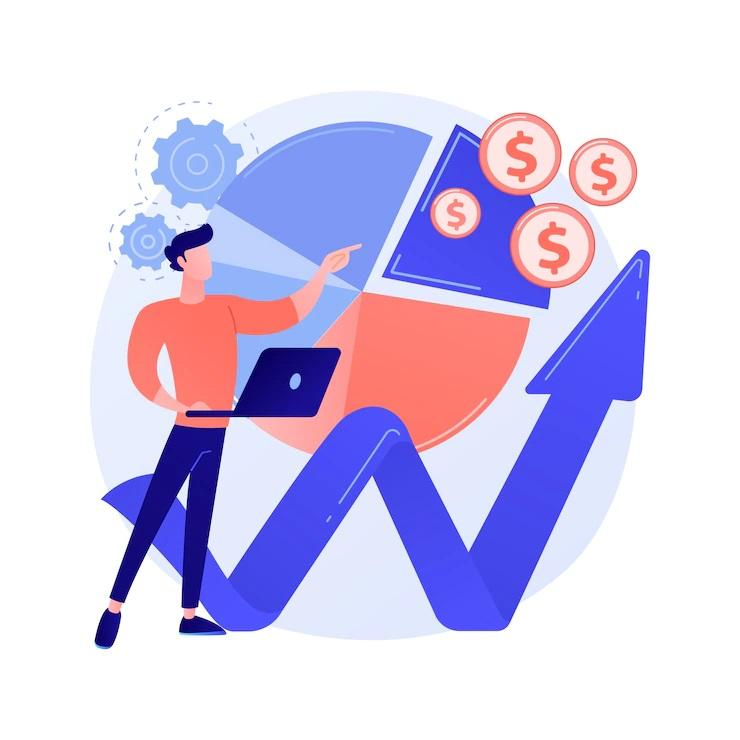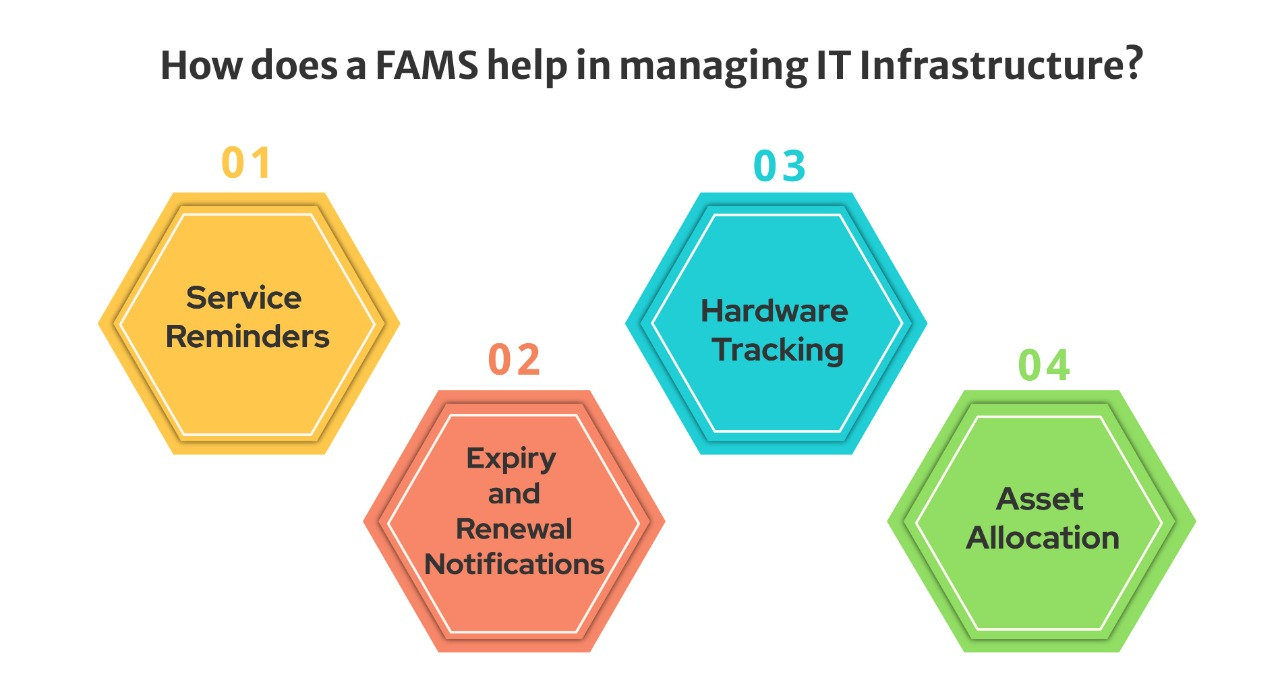“HRMS is beneficial of course, but isn’t it costly?”
Well, today we are about to bust this myth! You must’ve heard a lot about how HRMS is beneficial for your organisation’s performance but along with that, an HRM system is also more cost-effective if you look past the surface, at the whole spectrum. Here’s how the implementation of an HRMS will help you minimise your costs:
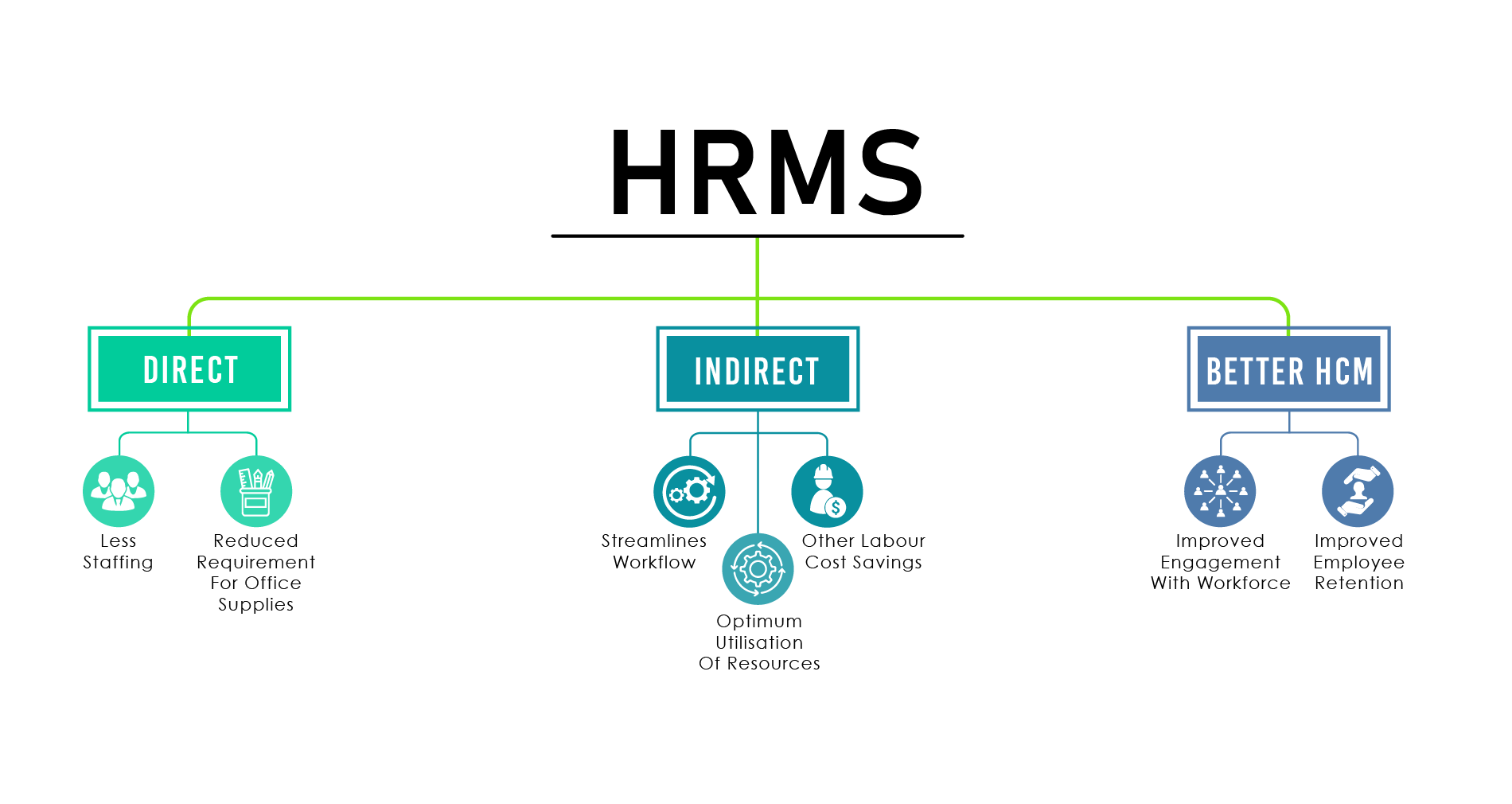
- Direct cost-cutting
An HR System helps you directly cut costs as it automates the HR processes that would be done manually otherwise. This saves time as well as money. Here are the ways in which an HRMS cuts the costs of the HR process directly:
- Less Staffing
With HR Software, many essential HR Services are automated which as a result, reduces the need for excessive staffing. Of course, an organisation still needs HR Staff to manage the workforce and carry out processes that require strategizing. However, the implementation of HRMS does ensure a reduction in excessive staffing, hence decreasing the staffing costs.
- Reduced requirement for office supplies
Since HRM Software operates digitally the requirement of office supplies like registers, pens, filing cabinets and other such petty office supplies is greatly reduced. Not to mention, the industry is going paperless and getting HR Software could be your step towards digitization and cost reduction in the process as well.
- Indirect cost-cutting
Alongside the direct ways, An HRMS is indirectly economical as well. These benefits can be seen when you see under the surface level cost reduction. These are the ways in which an HRMS indirectly benefits your organisation:
- Streamlining workflow
An HR System is proven to streamline workflow by helping the employees and managers avoid any obstructions. This ensures increased productivity and decreased distractions, ultimately leading to a better overall organisational performance.
- Optimum Utilisation of resources
An HRMS allows the manager to focus on strategizing by automating various other processes. This enables them to plan out the workflow and ensure optimum utilisation of resources. This not only reduces resource costs but also minimises wastage of time and resources.
- Other labour cost savings
Implementation of Human Resource Software also helps in cutting other labour costs like petty cash manager and other such roles. These tasks could be automated by HRMS and the need for these ‘other labour costs’ can be eliminated.

- Better Human Capital Management
Besides mere cost-cutting, a business also benefited by a positive work environment which in return would help in increasing productivity and maintaining a better relationship with the employees. A happy and satisfied employee will give more effort and turn out to be a better asset than a dissatisfied employee. Here’s how an HRMS will help in better management of your Human Capital:
- Improved engagement with the workforce
One way of improving the relations with employees is to be in conversation with them and let them express themselves. HRMS allows employees to put forth their views on the discussion forum and get a sense of satisfaction. Improved engagement with the workforce also enables you to track progress more accurately.
- Improved Employee Retention
A good employee retention rate shows how well you treat your employees and how satisfied they are working in your organisation. It is very important to maintain a good employee retention rate as it adds to the goodwill of your organisation.
In conclusion, the implementation of HR Software boosts organisational performance of course, but is more economical at the same time. There are various ways in which HR Software helps you cut down your costs and improve organisational performance.
Spine HR Suite is a great HR Partner that will help you automate your HR Processes without making a huge hole in your pocket. If you still aren’t sure about HRMS you should read how HRMS benefits your organisation’s performance.

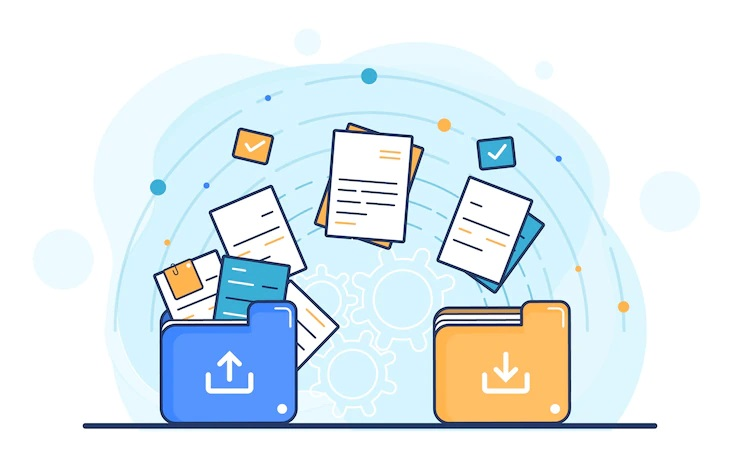


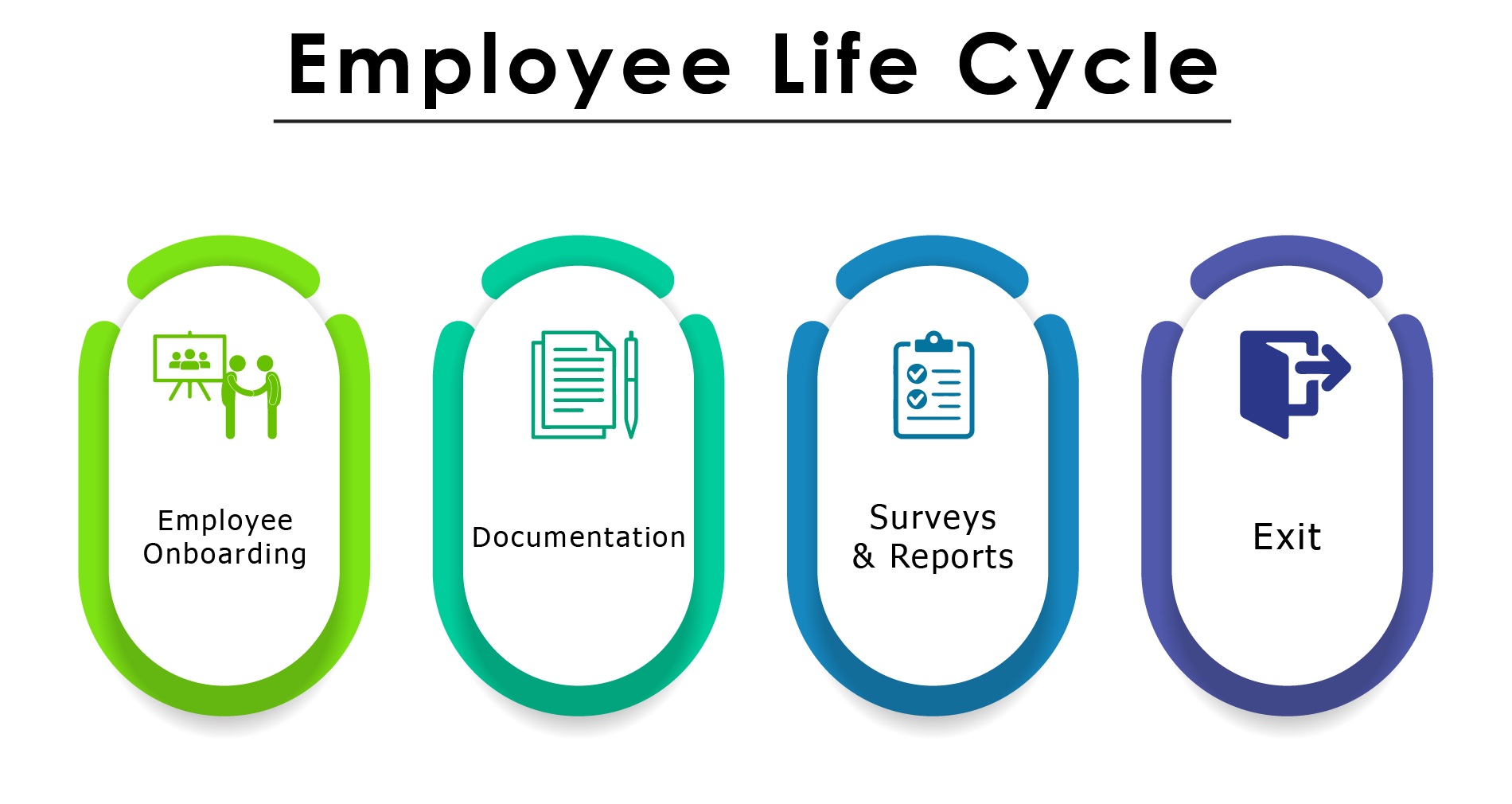
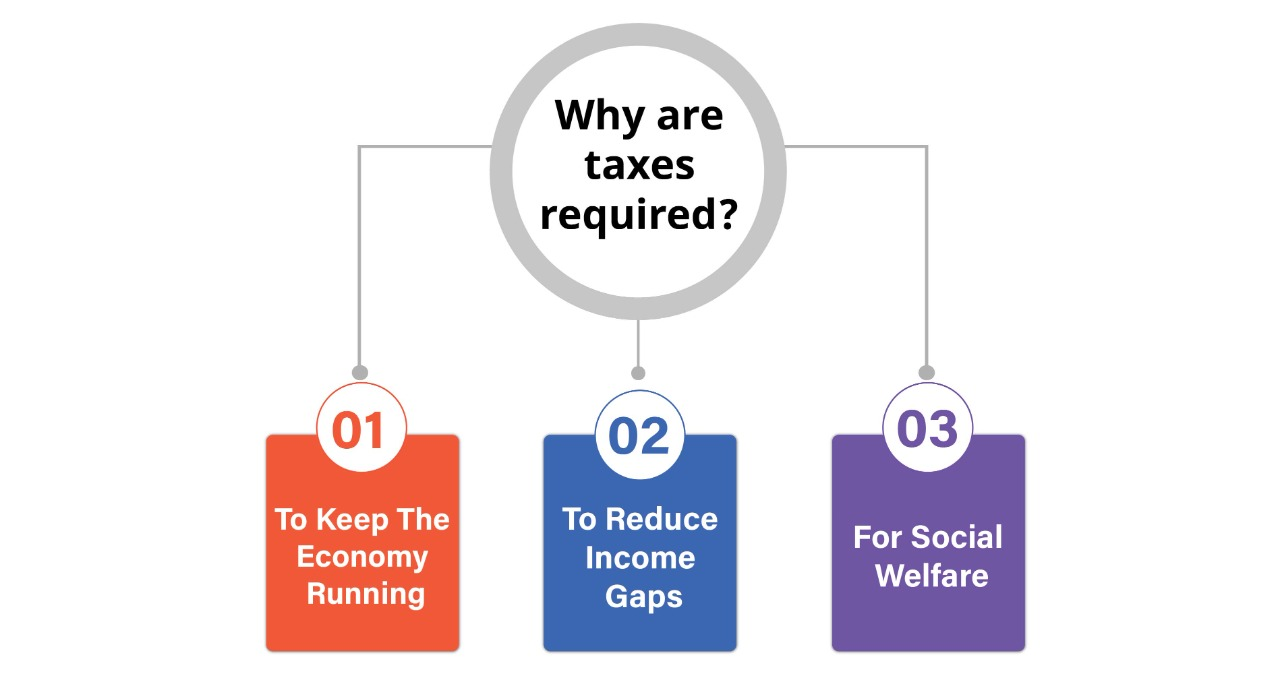
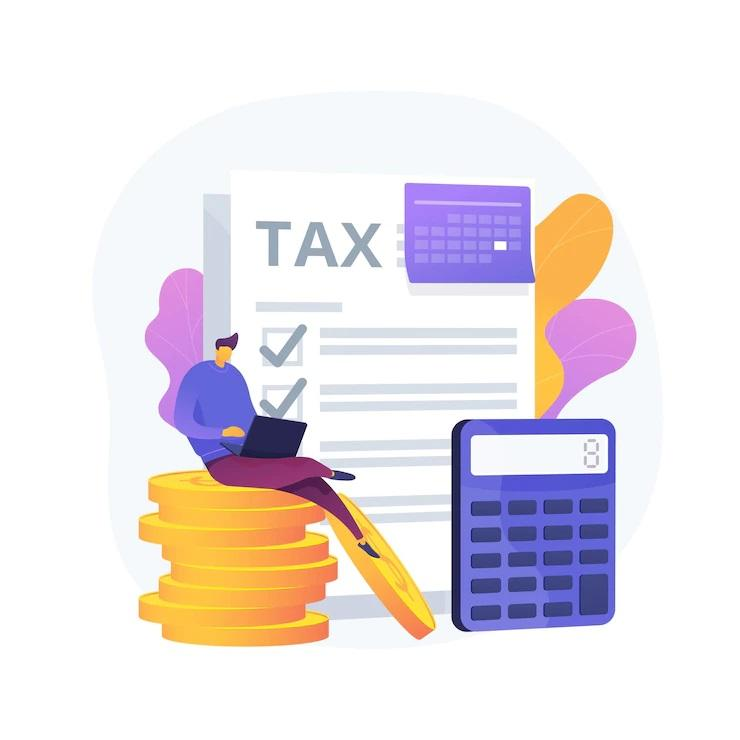 \
\